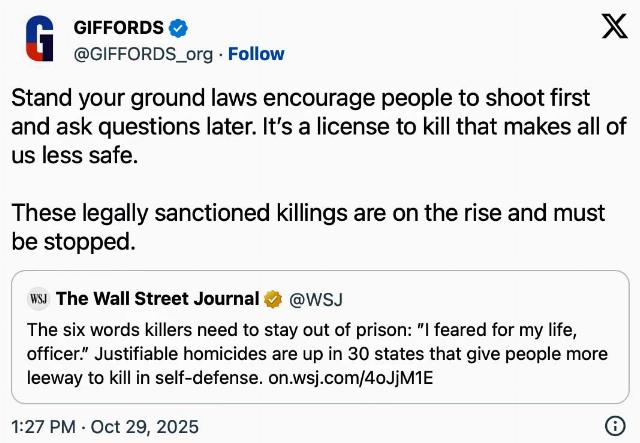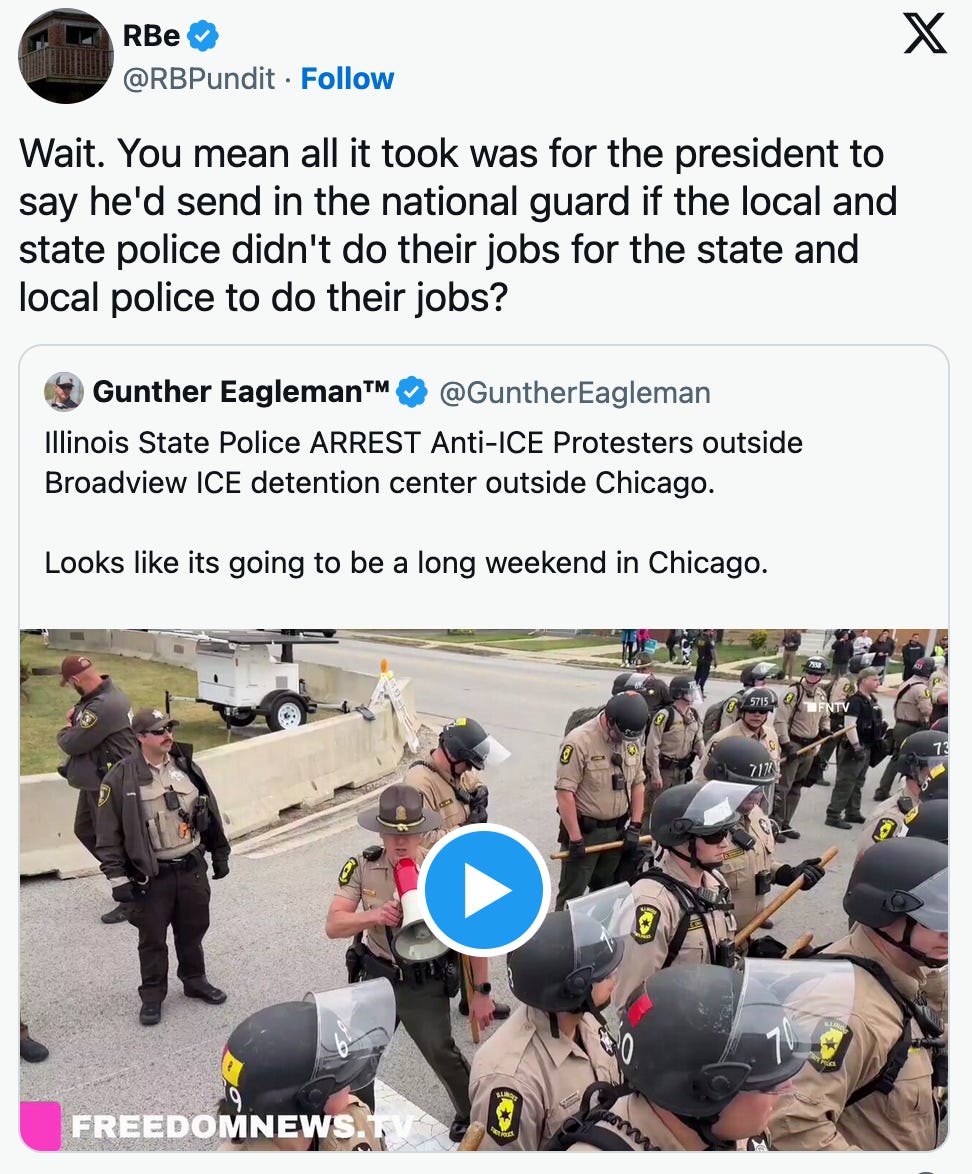Gaza On the Brink of A Civil War?
Palestinian Clans Are Battling Hamas
There now are warning signs that the Gaza Strip may be on the verge of a full-blown civil war.
Mayhem is reported to be occurring throughout the Strip as Hamas has begun to launch vicious assaults against its own Palestinian citizens. And local Palestinian clans are fighting back.
If an outright civil war does emerge, Palestinian citizens could dramatically alter their history of oppression at the hands of Hamas. And it appears that in various parts of the Gaza Strip, many Palestinians are seeking genuine liberation.
But the fight is going to be ugly and murderous for those who have the courage to stand up to the terror group. Could we see a bloodbath by Hamas as it tries to suppress the open rebellion?
Today, the British Telegraph reported on the brutal display of public executions by Hamas. According to the Telegraph’s Henry Bodkin, “Hamas has carried out a mass execution in the streets of Gaza as part of a series of bloody reprisals following the withdrawal of Israeli forces from key urban areas.
“Footage has emerged appearing to show around eight kneeling, blindfolded men, bearing signs of beatings, being shot dead in front of a crowd,” he wrote.
For months, there’s been ample evidence of a rising Palestinian rebellion against Hamas throughout the Gaza Strip. My own Substack post from last May highlighted various clans that were mobilizing against the terror group.
But even as yesterday’s international conference in Sharm El-Sheik promised to end the power of Hamas, the terror group has decided to strike back by launching murderous street battles across the Strip against rebellious Palestinian clans.
Yesterday, it appeared that President Trump gave Hamas temporary “approval” to still use its security forces to keep public order. But today in a White House meeting with the Argentine President, he seemed to reverse himself, saying, “If they don’t disarm, we will disarm them. And it will happen quickly and perhaps violently.”
But Hamas is used to its power to behave with total abandon and without any international restraints. As Palestinian civilians in the Gaza Strip acutely know, Hamas has ruled with a mafia-style grip that threatens and murders all of its opponents.
The Jerusalem Post’s Seth J. Frantzman observed the current state-of-play: “Hamas will want to settle scores and also show that it is still in control. Hamas will not remain in the shadows, it is already deploying men with AK-47s in areas of Gaza. It will want to show that it still has a mafia-like grip on power. It won’t want any of the various clans, tribes and militias to get any ideas. It will want to cement itself in power before any new interim administration is appointed. Then it will hand a fait accompli to anyone who thinks they can remove Hamas from Gaza.”
Even the BBC confirms Frantzman’s report, arguing that Hamas is seeking to “reassert control over Gaza as fears of renewed internal violence emerge following the withdrawal of Israeli forces. The mobilization has been widely anticipated as uncertainty grows about who will govern Gaza once the war ends – this is a key sticking point for later phases of Trump’s plan.”
The latest reports of pitched, murderous battles against the Palestinian clans also were filed yesterday by the Saudi state-run news agency Al-Hadath.
The Saudi news service reported that explosions were heard in the Gaza City neighborhood of Sejaia. Hamas claims it is launching a “large campaign” against rebelling clans.
The BBC also reported other battles in the Strip: “Masked Hamas gunmen exchanged fire with clan fighters near the city’s Jordanian hospital, witnesses said.”
The British news agency reported on eyewitness accounts of the clashes that erupted in the Tel al-Hawa neighborhood in southern Gaza City. The BBC stated, “a Hamas force of more than 300 fighters moved to storm a residential block where Dughmush gunmen were entrenched.”
Their reporter recounted stories of sheer mayhem: “Residents described scenes of panic as dozens of families fled their homes under heavy gunfire, many of them displaced multiple times during the war.
“This time people weren’t fleeing Israeli attacks,” one resident said. “They were running from their own people.”
According to another report about the Doghmush clan fighting in Gaza City was from the Israeli outlet Ynet. They stated that 52 members of the Doghmush clan were killed, and 12 Hamas terrorists died in brutal battles.
The outrage expressed by local Palestinians opposed to Hamas is palpable. The Jerusalem Post quoted Hussam al-Astal, the commander of an armed group that’s fighting Hamas in Khan Yunis. He published a defiant post on his Facebook page, harshly attacking the organization, according to the Post.
“To all the Hamas rats,” he wrote, “your tunnels are destroyed, your rights no longer exist. Repent before it’s too late – there is no Hamas from today onward.”
Clearly, the clans also are gunning for major Hamas figures. The infamous Hamas “influencer” and blogger Salah al-Ja‘farawi was one of the most prominent pro-Hamas voices in the Gaza Strip who celebrated the butchery of October 7. He was found dead, reportedly shot in the head.
Interestingly, the wife of New York Democratic mayoralty candidate Zohran Mamdani, Rama Duwaji, mourning his killing. She shared an image of al-Ja’farawi on her Instagram post, accompanied by four broken-heart emojis, according to the Daily Caller. The Caller added she also shared a separate post referring to the “beloved Ja’farawi.”
Also killed by the Palestinian rebels was the son of a senior Hamas military intelligence official, Basem Naim.
The clans clearly are challenging the international narrative about life in Gaza under Hamas. Wrote one clan member, “We are trapped. They arrested all the youths, lined them up against walls, pointed weapons at their heads. There is a massacre here.”
“Children are screaming and dying, they are burning our houses,” another clan member told the Israeli news outlet, Ynet.
The British Telegraph reported in an exclusive interview with Khan Younis clan leader Hossam al-Astal who describes how he and others who hate the terror group await the moment to liberate Gaza.
“It was in the streets of Khan Younis that Hossam al-Astal, a sworn enemy of Hamas, gathered his men for battle against the terrorists after they had attacked the neighboring al-Majayda clan,” the Telegraph reported.
The British news agency further noted, “The bloody battle was the first serious clash between Hamas and the rebel leader’s militia, which he calls Strike Force Against Terror.”
The Telegraph added that the hate for Hamas was deep: “‘No place for Hamas dogs’ reads a slogan emblazoned on a social media picture of the militia leader alongside eight heavily armed men, which was posted around the same time as last week’s battle.”
There are a number of key clans that are leading the uprising. One is Yaser Abu Shabab, a clan leader who I wrote about in my previous Substack. He commands groups of armed men in Gaza’s Rafah area. They patrol and protect aid convoys while openly challenging Hamas’ power.
“Call us counter-terror forces. Our goal is to protect Palestinian human rights from Hamas terrorism,” he has said.
Another is the Doghmush clan whose members were killed this week by Hamas. The clan is large and has weapons. Hamas is gunning for its defiant leaders.
A third is the al-Mujaida clan, one of the largest clans in Gaza’s south. BBC reported that, “The southern Gaza city of Khan Younis has witnessed one of the fiercest internal confrontations since the war began, between a Hamas security force and gunmen from the al-Mujaida clan.
Then there are the community-grown rebel centers like that created by Hossam al-Astal.
Hamas won’t admit that Palestinian unrest is due to the opposition from local clans that are fed up with the terror group. Instead, they’re issuing the ever-weakening claim that Palestinians who oppose Hamas are “collaborators with Israel.”
It’s unclear how quickly an outside security force by Arab states can be mobilized to disarm Hamas and bring some calm to the Strip. This is part of the “second stage” of the 20-point agreement written by President Trump and supported by European and Muslim nations.
Until then, expect Hamas hopes to brutalize those who challenge it. They will probably intensify their killing spree.
Might the Gaza Strip become the Cambodia killing grounds from the 1970’s when communist leader Pol Pot murdered 1.5 to 2 million of its citizens – about a quarter of the country’s population? Might a brutal civil war engulf the small strip before international forces can replace the murderous Hamas?
Only time will tell













